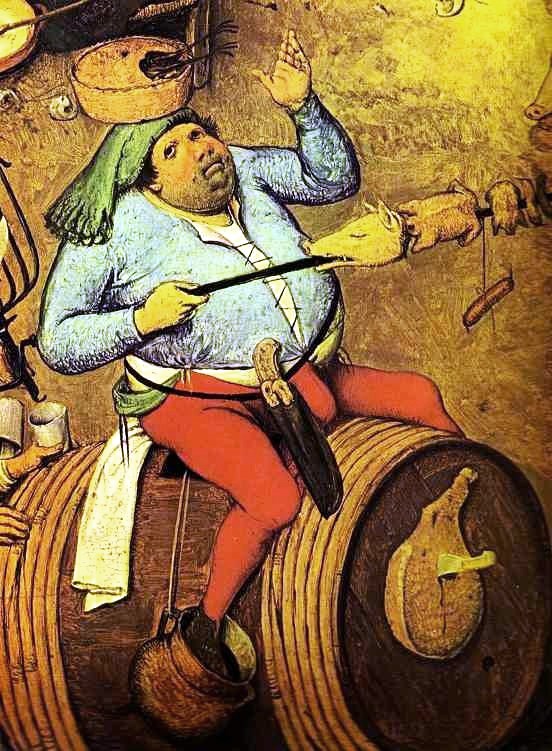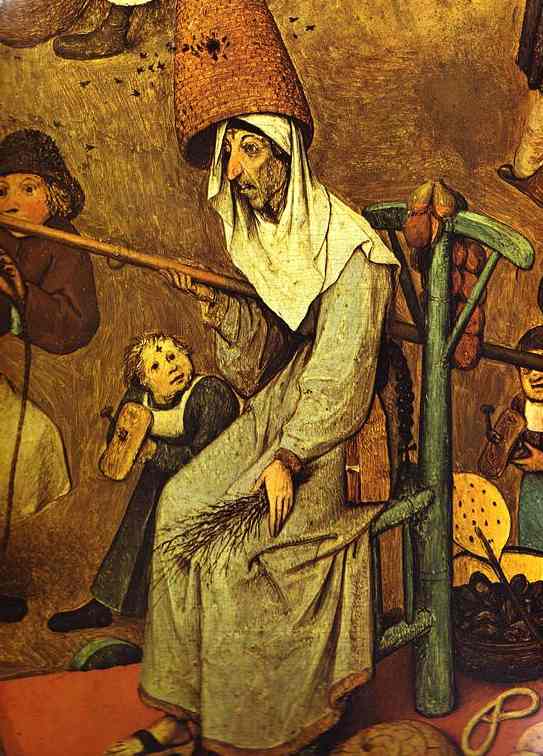.jpg) Inversion,
Misrule, and Witchcraft
Inversion,
Misrule, and Witchcraft
I. Introduction: The Feast of Fools
II. Understanding Popular
Culture
A) Traditions “Great” and “Little”
B) Cultures in Common?
1. The Cycle of Seasons and the Liturgical Round
2. A Case in Point: Sacramentals
Map: Sixteenth-Century Friuli
Chart: Cases of "Magical Arts" Tried before the Friulian Inquisition (1596-1785)
Map: The Italian Inquisition (1706)
Image: The Ritual Calendar
Graph: The Gray Zone between Official and
Popular Religion


.jpg)